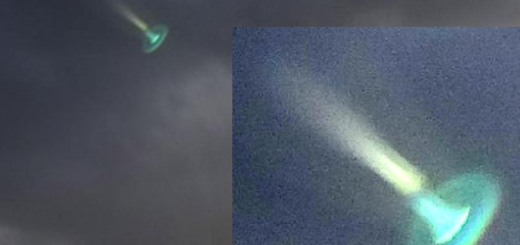NASA’s Newest Graduating Class of Astronauts Achieves Gender Equality Milestone

Canadian Prime Minister Justin Trudeau may have made a huge splash when he named as many women as men to his cabinet, and when asked why, answered, “Because it’s 2015.” But NASA beat him to the 50-50 split by two years when in 2013 named four women and four men to its astronaut class. The new astronaut class just graduated, making it the first evenly split along gender lines.
And these future space goers, along with candidates selected in the future, are possibly on track to be part of the first mission to Mars. That’s at least 15 years in the future, but training and preparation for that kind of trip can take some time.
The women, who completed their astronaut training in mid-2015, are Christina Koch, Nicole Aunapu Mann, Anne C. McClain and Jessica U. Meir. They and the four men — Josh Cassada, Victor Glover, Nick Hague and Andrew Morgan — in their class were selected from more than 6,300 applicants. Though these four are far from the first female astronauts, the fact that their class is so balanced means its worth taking a look at who they are. Learn more about their backgrounds after checking out this video of Russian female astronauts tackling some gender issues of their own.
Koch, a North Carolina native, earned undergraduate degrees in electrical engineering (EE) and physics and a master’s in EE from NC State. Astronaut is a new job title for her, but her experience includes work as an EE for NASA’s Goddard Space Flight Center, where she contributed scientific instruments on several NASA missions. She’s also got the harsh-environments experience she might need on Mars; she worked as part of the U.S. Antarctic Program near the South Pole for three years.
Mann attended the U.S. Naval Academy, graduating with a degree in mechanical engineering, and earned a master’s in mechanical engineering from Stanford University. While she didn’t have rocket pilot on her resume before joining NASA, she accumulated 1,500 hours flying 21 different aircraft as a Navy pilot in Iraq and Afghanistan.
McClain went the Army route, with a degree in mechanical/aeronautical engineering from the U.S. Military Academy at West Point. She’s also got the chops to interact with the international set on the International Space Station with a master’s in aerospace engineering from the University of Bath and a master’s in international relations from the University of Bristol, both in England. She’s logged more than 2,000 hours of flight time in 20 different aircraft.
Meir’s experience has included studying the effects of extreme environments as part of dive expeditions in Antarctica, and as a crewmember in the Aquarius underwater habitat for NASA. She’s also supported human physiology research on the space shuttle and International Space Station. She’s got a bachelor’s degree in biology from Brown, a master’s in space studies from the International Space University in France, and a doctorate in marine biology from the Scripps Institution of Oceanography at UC San Diego.
And to learn more about these astronauts’ male classmates, look to our friends at NASA for the full rundown.



 Creators of mankind
Creators of mankind Description of “Tall white aliens”
Description of “Tall white aliens” Where they came from?
Where they came from? About hostile civilizations
About hostile civilizations The war for the Earth
The war for the Earth “Tall white aliens” about eternal life
“Tall white aliens” about eternal life Video: “Nordic aliens”
Video: “Nordic aliens” Aliens
Aliens Alien encounters
Alien encounters The aliens base
The aliens base UFO
UFO Technology UFO
Technology UFO Underground civilization
Underground civilization Ancient alien artifacts
Ancient alien artifacts Military and UFO
Military and UFO Mysteries and hypotheses
Mysteries and hypotheses Scientific facts
Scientific facts


















